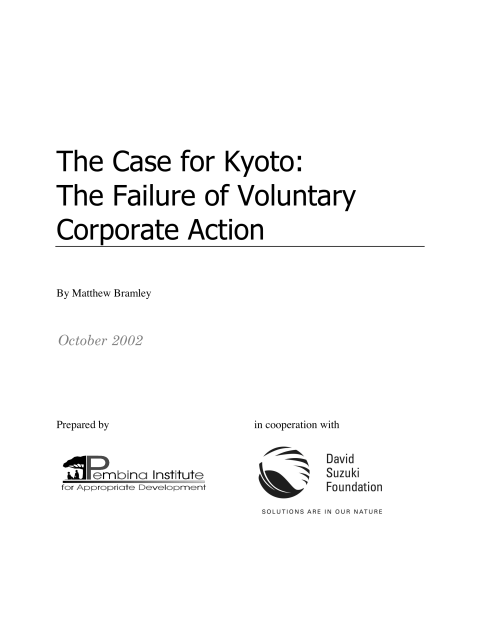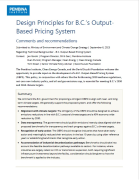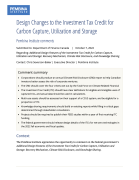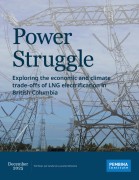This report analyzes the credibility and track record of the Voluntary Challenge and Registry Inc. (VCR)—Canada's flagship program to address industrial greenhouse gas (GHG) emissions. In this third annual comprehensive compilation of Canada's company-specific emissions, the Pembina Institute examined all submissions made to the VCR up to March 31, 2002 by industrial entities reporting year 2000 emissions. The report concludes that the voluntary approach to cutting Canada's industrial emissions has been wholly inadequate, and that Canada needs the legally binding framework of the Kyoto Protocol if it is to begin reversing the emissions increases seen since 1990.
The main findings are these:
- Most industrial firms reporting their GHG emissions to VCR have seen those emissions increase significantly since 1990, a trend still underway at the end of the decade. A higher proportion of the largest emitters have seen significant percentage increases in emissions since 1990 than firms reporting to VCR as a whole. Many emissions increases are occurring because of shifts to more GHG-intense activities—the opposite of what one would expect from firms making meaningful efforts to address climate change. (Section 2.1.)
- Two-thirds of the largest emitters are either planning, or seem very likely to be anticipating, keeping their emissions substantially or far above 1990 levels. The ease with which voluntary commitments can be altered or abandoned suggests that the "Kyoto-level" or better future emissions targets that some firms have adopted should be viewed with caution. (Section 2.2.)
- The level of participation in the VCR, impressive at first sight, turns out on closer inspection to be mediocre. Out of 493 industrial entities registered with the VCR in mid-2002, only 102 actually reported their year 2000 emissions by March 31, 2002. Entities reporting to the VCR account for less than 55 per cent of emissions from industrial facilities in Canada. Fifty-two industrial entities designated as gold, silver or bronze "champion-level" reporters on the VCR Web site failed to report their year 2000 emissions to the VCR. (Section 2.3.)
- There are a large number of major inconsistencies in the methodology used by firms in calculating the emissions they report, and data reported to the VCR are rarely subject to verification by independent professional auditors. This makes it difficult to compare the performance of different firms or to have confidence in instances of progress that are reported. The use of emissions offsets presents particular problems; some claimed offsets are quite misleading and amount to little more than accounting tricks. (Section 2.4.)










